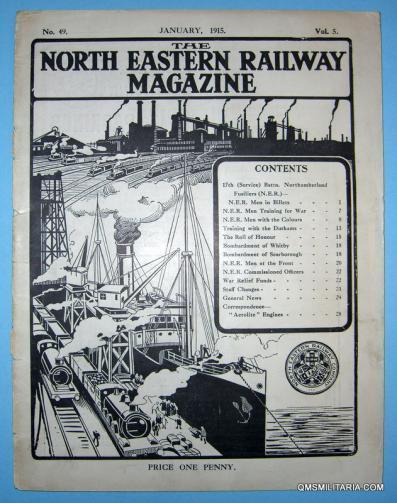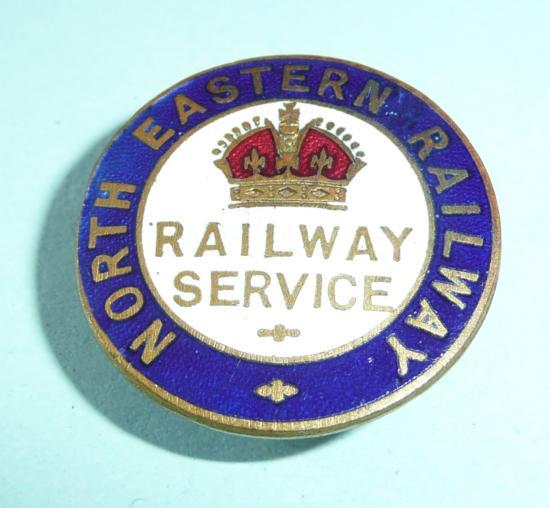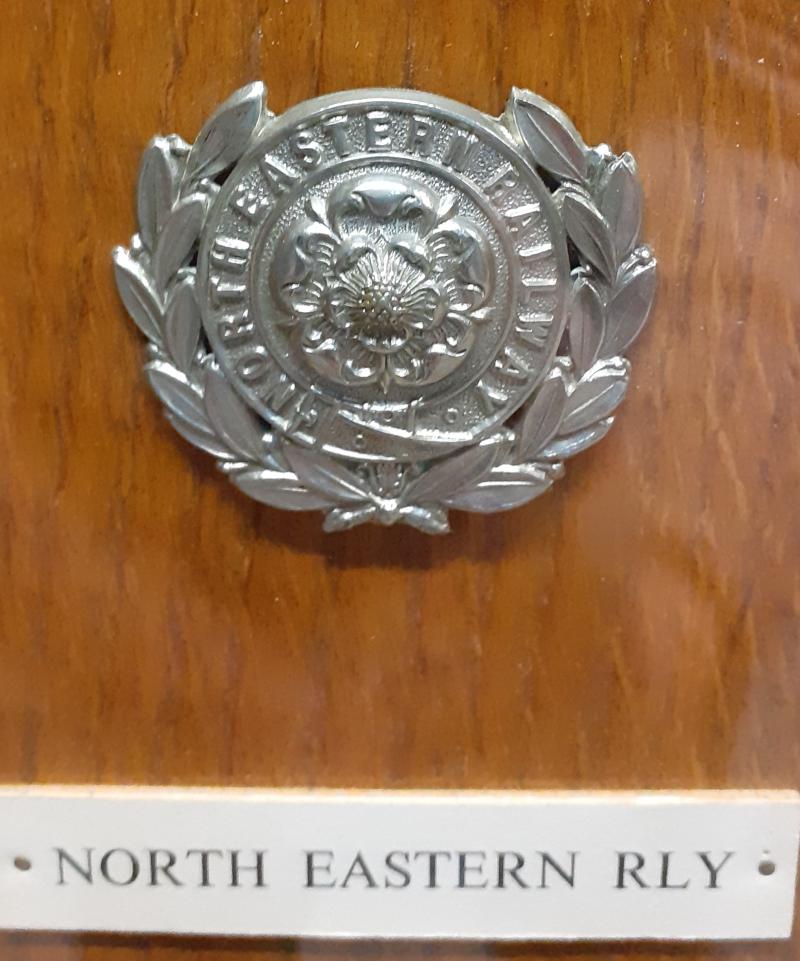Article 4 - The North Eastern Railway (NER) At War
In the first days of the Great War, many railway workers of the North East Railway Company (NER) volunteered to serve, under the direction of Sir Eric Geddes (the infamous wielder of the notorious ‘Geddes Axe’ in post war years), to form a complete battalion raised entirely from the employees of the NER, an organ it was to maintain throughout the next four years of war.
In the fervour of the rush to arms in those early days of August 1914, the Management of the NER felt that the opportunity should be seized to give their railwaymen, who intended to answer the call, the chance to serve with their colleagues and friends in a special North Eastern Battalion.
On the 8th September 1914, it issued a circular calling on all those who wished to serve together to register their interest on a form provided. The circular also stated the NER was prepared to make adequate provision for the wives, families and dependents; to keep men’s positions open to them; to pay their contributions to Superannuation and Pension Funds, and to provide accommodation for the families of men who were occupying the company’s houses. These measures threw a considerable expense on the Company, but reveal how badly the NER wanted a ‘show-piece’ battalion of railwaymen, as a tangible sign of how they had done ‘their bit’ for the war effort as one of the country’s great institutions. As it transpired, it was a unique initiative, being the only battalion raised during the Great War solely out of the employees of one firm.
By 11th September 1914, the formal sanction from the War Office to form the battalion was received with teh designation the 17th (Service Battalion) Northumberland Fusiliers. This proved to be a great disappointment for Geddes, the leading light in the formation of the battalion. He felt it should have been badged as ‘Royal Engineers’. However, strong prejudices in the military machine against civilian specialist organisations in its ranks resulted in the Battalion being graded as a 'Pioneer Battalion'. Despite this, history has shown that they were not to go unappreciated for their skills as a specialist railway battalion. To illustrate this, in September 1916, after Geddes had gone on to greater things, and he had been unable therefore to keep tabs on their activities, he happened to come across the lads from the NER once again. Talking to General Rawlinson in the garden of the Chateau in which the General had his staff, Geddes recounts the following conversation:
“It was at Querrieux at the Fourth Army Headquarters, and I was then reporting on transportation to the Commander-in-Chief; our talk was on railway construction. A heavily laden ammunition train clanked along a railway almost at the foot of the garden. He told me that the railways could be built in record time by these wonderful pioneer battalions which were coming out, but that particular railway had been built by what he thought was one of the finest, if not the finest, pioneer battalion in the Army, and that it had been built in record time and the officers and men had worked like Trojans. No praise could have been higher. I asked casually which pioneer battalion it was, and he told me it was the 17th Northumberland Fusiliers. It was not difficult to explain why that pioneer battalion could build railways as well as the Royal Engineers, and I told him the reason!”
Recruiting started on the 14th September, 1914. Would-be recruits, if they hopped and coughed satisfactorily and were found to be not less that 5 feet and 6 inches in height and not less than 35 1/2 inches round the chest, were attested and within a very few days, the Battalion was up to strength.
Two large warehouses at the King George’s Dock Hall; the joint property of the NER and Hull & Barnsley Railway companies, were made available to house and train the Battalion and by 2nd December, 1914 the Battalion had been completely kitted and equipped.
To be continued…
© Copyright – All Rights Reserved Mike Finchen 2024
Code: 63868
Price
on
Request



